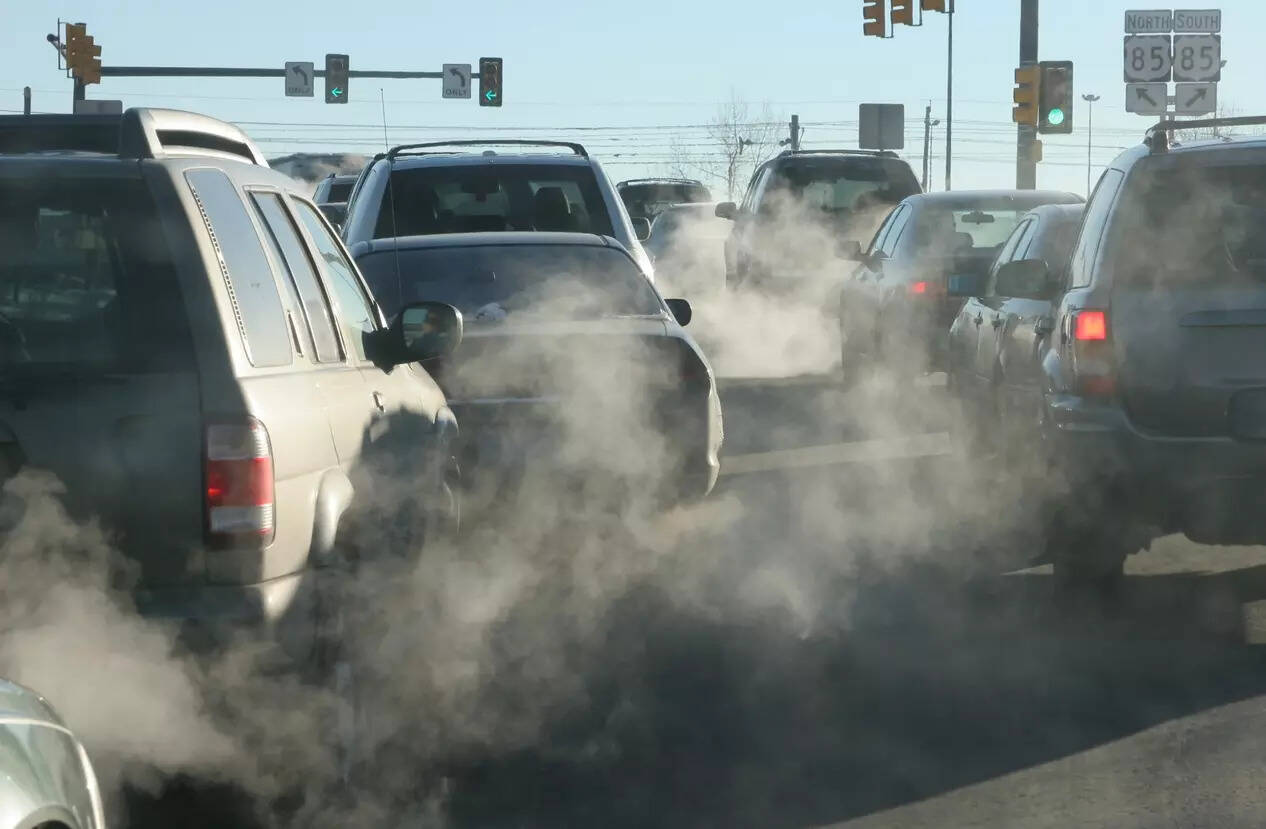
The trade group representing nearly all major automakers wants the U.S. Environmental Protection Agency to soften its proposal to sharply cut vehicle emissions through 2032 saying it is “neither reasonable nor achievable.”
The EPA said in April the proposed 2027-2032 standards would cut emissions by 56% compared to the existing 2026 requirements, or 13% annual average pollution cuts.
On Wednesday, it said it would respond after July 5, when a period of public comment ends.
The Alliance for Automotive Innovation, which represents General Motors, Volkswagen, Toyota Motor , Hyundai Motor and others recommended “adopting requirements for 40 to 50% (electric, plug-in electric and fuel vehicles) in 2030 with continued increases through 2032.”
The group called the proposal a “de facto battery electric vehicle mandate.” The automaker group noted EVs represented about 6% of new light-duty vehicles sales in 2022.
Environmentalists are pressing the Biden administration not to soften the proposal and many are running advertising on social media websites in favor of the EPA plan. Some say the EPA should have proposed tougher rules.
The automaker group sought major changes and argued it should align with President Joe Biden’s August 2021 executive order that set a target of 50% of vehicles by 2030 as EVs or plug-in hybrids.
Major automakers in 2021 agreed to a goal of producing between 40% and 50% EVs or plug-in electric hybrids by 2030.
“EPA’s standards cannot be met without substantially increasing the cost of all vehicles, reducing consumer choice and disadvantaging major portions of the U.S. population and territory,” said the group representing nearly all major automakers except Tesla.
Alliance CEO John Bozzella said in a blog post the EV rules “are out of whack” and suggested “the 60+ percent BEVs by 2030 plan, on the other hand, is a house of cards… It rolls up rosy forecasts (like EV batteries will eventually cost automakers nothing) and other hopeful assumptions.”
The group said the EPA proposal “substantially underestimates the cost of batteries while overestimating the availability of consumer and manufacturing tax credits.”

